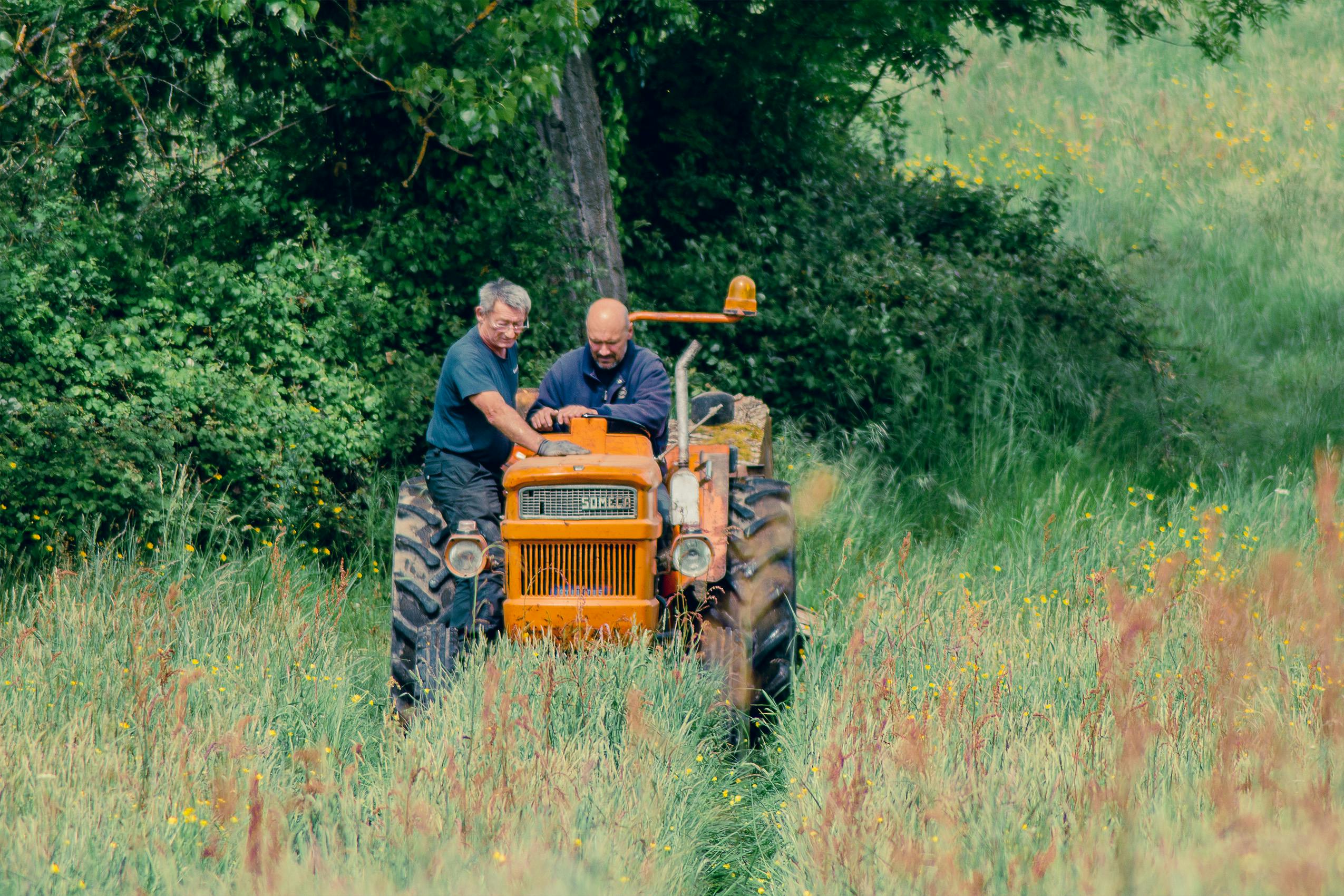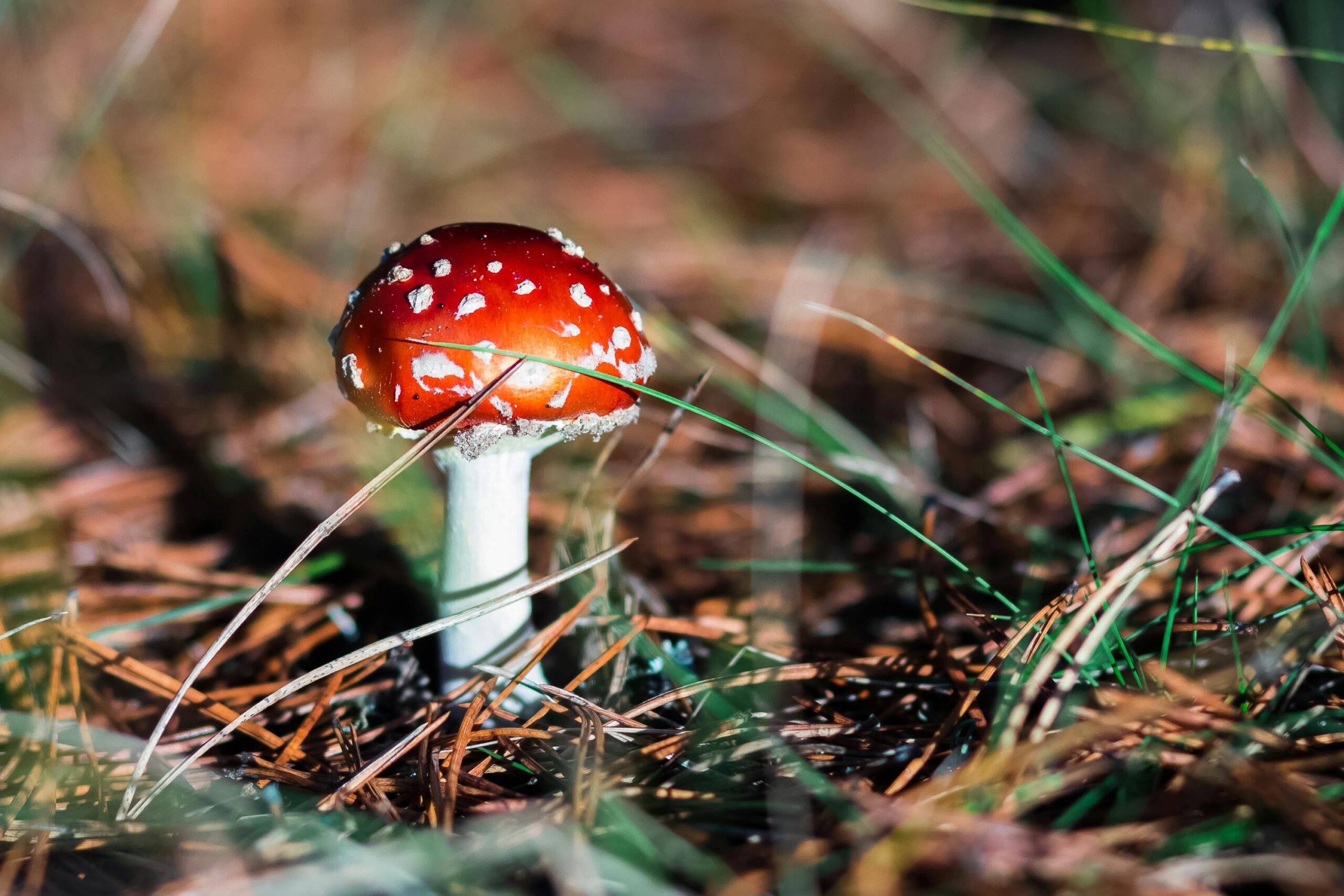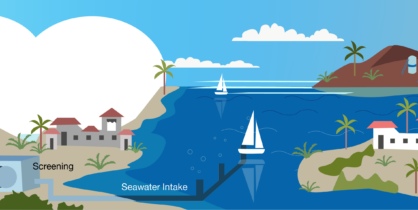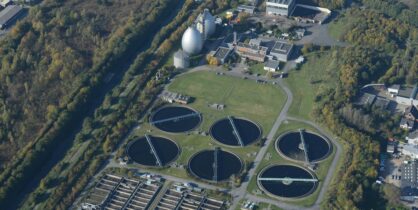Balancing Industrial Growth and Green Goals
Florika Fink-Hooijer outlines bold strategies for tackling climate change, restoring biodiversity, and fostering a competitive circular economy.
What are the top priorities and key focus areas for DG Environment (ENV) in the coming years – how will the department tackle pressing environmental challenges such as climate change, biodiversity loss, and resource depletion – particularly with the rise of the far right within the Bloc and in the Parliament?
DG ENV will continue to drive forward the transformative agenda for sustainability that the European Commission initiated in the last mandate. Europe has indeed made historic progress in setting out strong environmental ambitions and has shown that it can successfully limit its environmental footprint while growing its economy. The European Green Deal has successfully set in motion a profound transformation of our society and economy and will remain the European Commission’s guiding blueprint for achieving long-term growth and prosperity.
After five years of progress, Europe now boasts a robust and comprehensive legislative foundation for this transformation. Building on this foundation, DG ENV will focus on implementing the existing legal framework for 2030, with a commitment to simplicity, fairness, and cost-effectiveness – a vision clearly outlined by Jessika Roswall, Commissioner for Environment, Water Resilience, and a Competitive Circular Economy.
Europe needs to boost its economic competitiveness while spearheading the global effort to combat climate change and biodiversity loss. This ambition is at the heart of the Commission’s Competitiveness Compass, a strategic framework that will guide the Commission’s work in the years to come.
As part of this Competitiveness Compass, DG ENV’s first action will be its contribution to the Clean Industrial Deal, indicating the rationale for a Circular Economy Act (CEA). The CEA’s main goal is to establish a large European market for secondary materials. This is a key deliverable that will strengthen Europe’s competitiveness while reducing pollution, resource depletion and biodiversity loss. Making our economies more circular is essential to increase security in Europe and reduce our dependencies.
DG ENV will also contribute to the new Vision for Food and Agriculture. EU farmers are vital for Europe’s food self-sufficiency, and important drivers of jobs and sustainable growth in rural areas. The upcoming Vision for Food and Agriculture should ensure that farmers have attractive and stable income, reflecting the crucial role they play in delivering for nature, regenerating soils, and preserving clean water and air.

Water Resilience will also be another key priority for the new mandate, with an EU strategy to address the myriad water challenges facing Europe, including scarcity, flooding, water pollution and freshwater ecosystem destruction. It will focus on increasing circularity, innovation, water efficiency and restoring nature so our continent becomes a #WaterWiseEU.
The work ahead of us is fraught with challenges. It is crucial to tackle disinformation relating to climate change and environmental policies head-on. It is also essential to continue working with partners, in the EU and worldwide, to find common ground when tackling global challenges.
How does DG ENV work with other EU institutions, Member States, and stakeholders to ensure effective implementation and enforcement of environmental legislation? What strategies are employed to address non-compliance issues?
An important strand of DG ENV’s activity is to make sure that the environmental legislation is enforced. In its role of honest broker, the Environment Directorate-General collaborates closely with Member States and environmental enforcement professionals to foster a culture of compliance with EU environmental rules. It also ensures that Member States and relevant business sectors have the guidance, funding, and technical assistance to implement EU environmental law. Guidance documents help to clarify legislation, and funds such as the Common Agricultural Policy, regional policy funds, the post-COVID recovery and Resilience Fund, and the LIFE programme can support implementation.
DG ENV also proactively integrates and mainstreams environmental concerns across policies, investments, and finance. Under the European Semester, for example, annual country reports address environmental issues in Member States, recognising that healthy nature is essential for a healthy economy.

DG ENV monitors progress and provides tailored recommendations through Member State-specific reports, such as the Environmental Implementation Review. This helps increase accountability and identifies areas where further work is needed. Ongoing monitoring throughout the implementation phase enables us to analyse best practices, and common issues, and give further guidance. As a last resort, the Commission initiates the legal process of infringements when funding and support fail to ensure the full, correct, and timely implementation of EU environmental law. Of course, it’s best when cases are resolved before reaching the courts. We intend to issue a new Review in 2025.
The European Green Deal sets ambitious targets for the EU to become climate-neutral by 2050. President von der Leyen has committed to introducing a new “Clean Industrial Deal” early in her second mandate, aimed at decarbonising energy-intensive sectors and supporting EU industrial competitiveness. How will DG ENV contribute to this initiative, especially in balancing industrial growth with environmental goals?
Addressing climate change, tackling environmental degradation, and boosting our industrial competitiveness are all interdependent. Half of the global GDP as well as three-quarters of European businesses depend on nature and its services. Yet, material extraction and processing drive 55% of global climate emissions. So, restoring our ecosystems and using resources optimally are key for both industrial competitiveness and climate neutrality.
Within the first 100 days of the new mandate, the Clean Industrial Deal will pave the way to decarbonise the European industry and lead to a resource-efficient, circular, and clean economy. The Clean Industrial Deal will be at the core of the Commission’s new Competitiveness Compass which will guide the Commission’s policies for the next five years. The Deal aims to make the Union more competitive, less dependent and ultimately more resilient and secure. It also wants to make sure we’re not harming the environment, by using a clean and sustainable economy. This will help reduce pollution, waste, and the loss of our natural world.
As a central part of the Deal, there is the need to strengthen the economics of the circular transition. The CEA will address the remaining bottlenecks to the circular transition, including the lack of an effective circular single market and low demand for secondary raw materials. Careful use and re-use of critical and strategic materials will build Europe’s resilience and security and help mitigate climate change.
The implementation of the Ecodesign Regulation will thus be paramount, as it will enable the development of a single market for sustainable products. Ecodesign requirements will prioritize durable, repairable, and recyclable products containing critical raw materials.
Another key pillar is bioeconomy. Bio-based materials and products have an increasing role in the future of the European economy if we want to decarbonise our production. The new Bioeconomy Strategy foreseen early in this mandate will aim at encouraging innovation, scaling sustainable production of biomaterials, and exploiting synergies with the circular economy.
The Clean Industrial Deal will also strengthen the enforcement of the chemicals legislation and provide greater support to the chemical industry in its transition to safer alternatives.
What measures will be implemented to ensure that the Nature Restoration Law’s binding targets are met by Member States, particularly regarding the restoration of ecosystems that are currently in poor condition?
Europe’s nature is in alarming decline, with more than 80% of habitats in poor condition. Environmental degradation is a driver of instability and a threat to Europe’s security. It also weakens economic prosperity in Europe: food security, bioeconomy, tourism, and also our health, are all benefits of protecting and restoring nature. Nature restoration is an investment that pays off: for every euro invested, we will get at least eight in return.
The Nature Restoration Regulation, which entered into force in August 2024, is a ground-breaking piece of European legislation: a real game changer for the environment, European citizens, and the economy. The regulation says that restoration measures should cover at least 20% of the EU’s land and sea areas by 2030, and ultimately all ecosystems in need of restoration by 2050.

Now, the proof of the pudding is in the eating, and in the case of EU law this means implementation, which is very much a collective undertaking. I am looking forward to working closely with Member States to develop National Restoration Plans and guidance materials. The law was designed to provide flexibility to Member States to determine the most effective restoration measures, at the same time as ensuring that they meet the binding targets. The European Environment Agency will provide support by drawing up regular technical progress reports.
Restoring degraded ecosystems is an essential investment that requires significant funding. The EU has committed to dedicating 7.5% of annual spending to biodiversity objectives in 2024, and 10% in 2026 and 2027. The fact that there is a range of EU instruments available to support restoration, from the CAP to cohesion funds, Horizon Europe, and the LIFE programme, is also a huge plus. But public funds can only be part of this process. It is also necessary to mobilise private financing and explore new options to create additional income possibilities for farmers, foresters, and other stakeholders. Nature certificates and credits are one solution that the European Commission is currently exploring to reward those who engage in sustainable practices.
Integrating environmental considerations into other policy areas is a key mission for DG ENV. Can you provide examples of successful integration and the challenges faced in areas?
A good example of successful integration is the Batteries Regulation, which sets rules for sustainability and recyclability. Batteries in the EU’s single market must now be designed to be sustainable throughout their entire life cycle. This will directly impact other policy areas, particularly energy, transport, and trade. The Regulation was very timely considering the global demand for batteries is set to increase 14 times by 2030 and it will help establish a stronger secondary material market. This is a huge step forward!
Another key achievement is the way the European Commission has mainstreamed climate and biodiversity into the EU budget. Through the Multiannual Financial Framework (MFF 2021-2027), the EU has committed to allocating at least 30% of its funding towards climate action and 7.5% (in 2024) and 10% (in 2026 and 2027) of the EU annual budget to biodiversity. This really shows that the EU’s commitment to integrating sustainability concerns into the wider policy agenda. Biodiversity is mainstreamed in the design, preparation, implementation, and evaluation of the EU budgetary programmes. The Commission uses tools such as environmental impact assessments and the do-no-significant-harm (DNSH) principle which is now firmly anchored in our Financial Regulation and applicable to all EU funds, to make sure that the EU budget incorporates environmental criteria.
EU environmental policy is full of promises and hope for the future, but it is only by working together, across all sectors of society and government, that we can turn this vision into reality.
An important initiative to drive environmental protection across sectors is also the LIFE programme, which acts in synergy with Horizon Europe and other funds. The EU provides funding for projects allowing local engagement and visibility that larger funds may struggle to achieve. In this way, it acts as a green transition incubator and accelerator by supporting innovative and ambitious projects. LIFE website is a marvellous repository of award-winning projects that have improved Europe’s nature and environment in the past decades. My personal favourite is the LIFE Flusserlebnis Isar, to which I had the pleasure of presenting an award to at this year’s EU Green Week. The project has succeeded in restoring the river Isar and its floodplains through a unique collaboration between Bavarian water and nature authorities.
EU environmental policy is full of promises and hope for the future, but it is only by working together, across all sectors of society and government, that we can turn this vision into reality. When we are out of nature, we are out of business. Investing in nature will never cease to bring rewards – for our health, our well-being, and our economic competitiveness.

